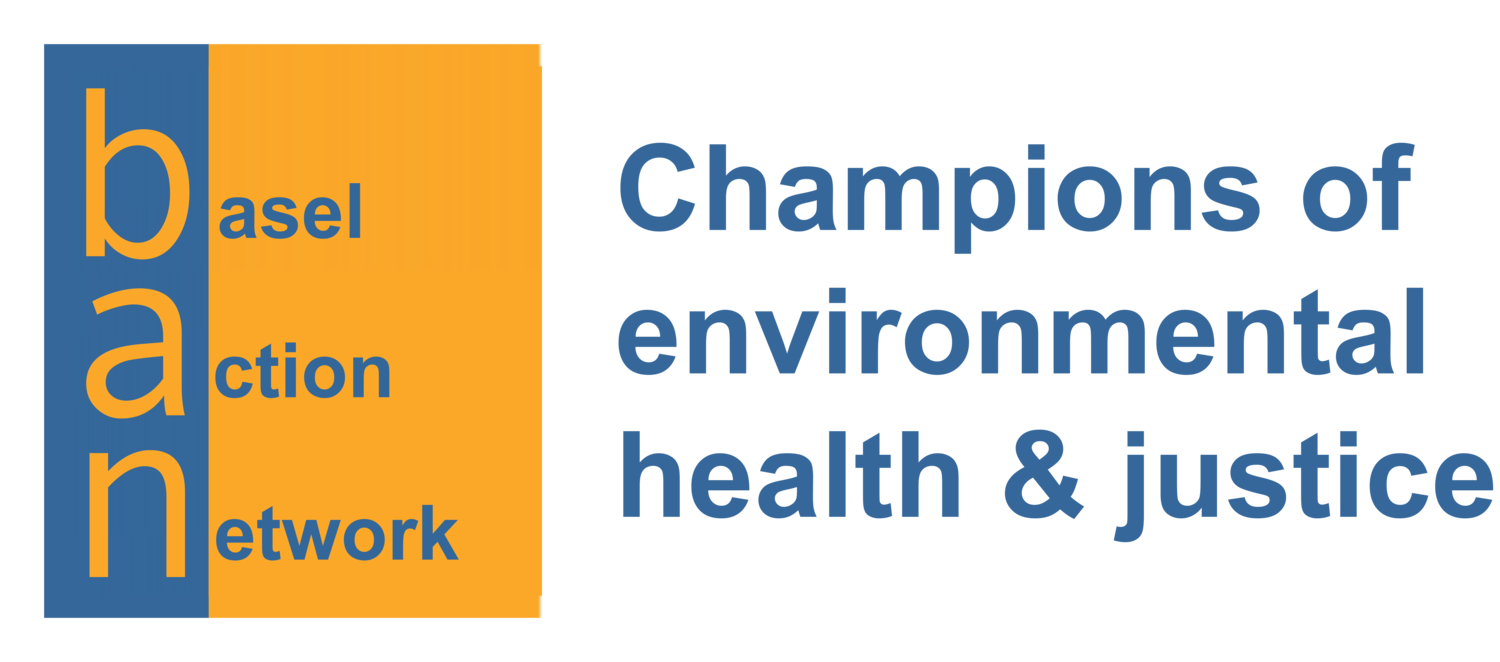Author: Victoria Gill
Hermit crabs all over the world, which scavenge shells as armour for their bodies, are turning increasingly to plastic waste instead. The conclusion is based on analysis of photos, taken by wildlife enthusiasts, and published online. Scientists said they were "heartbroken" to see the extent to which the animals were living in our rubbish.
Read More